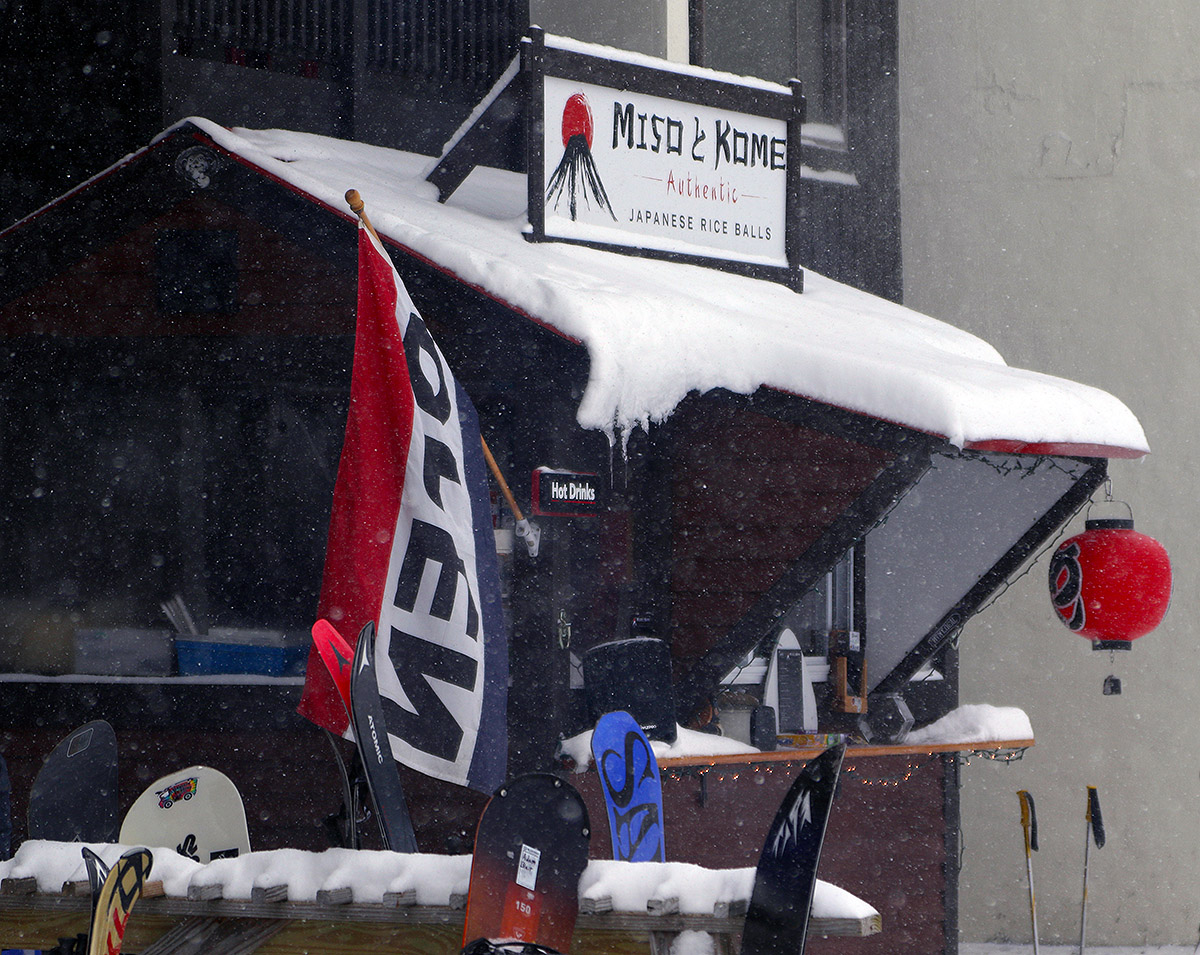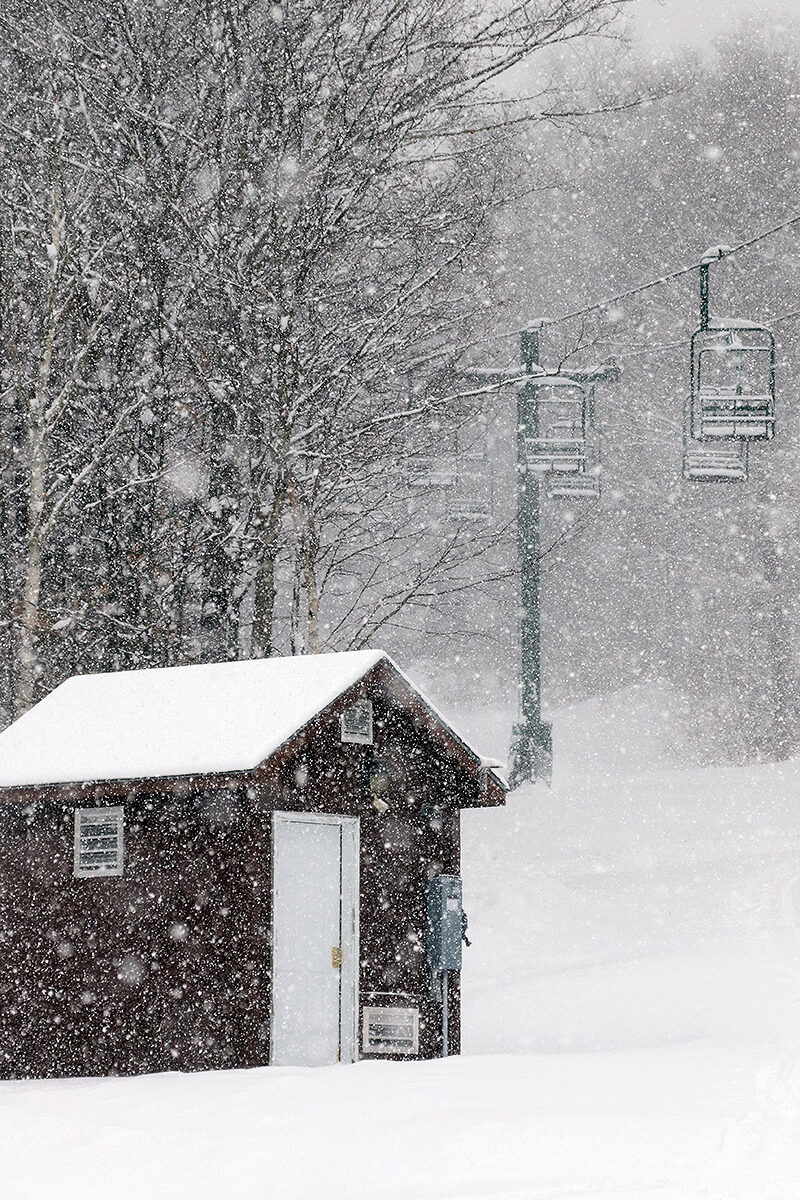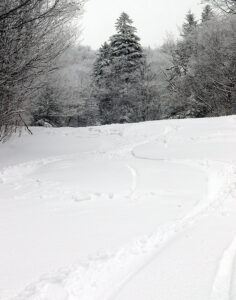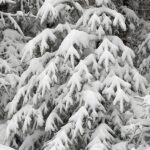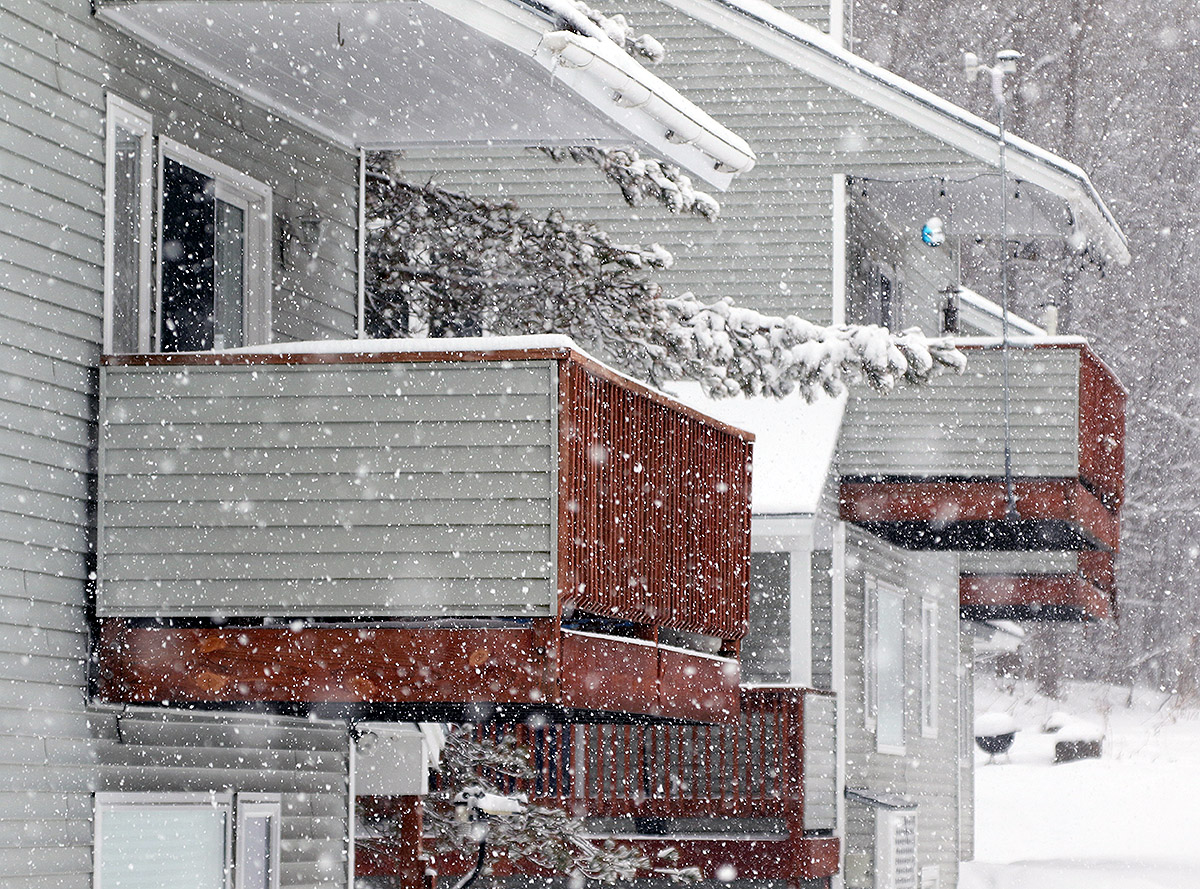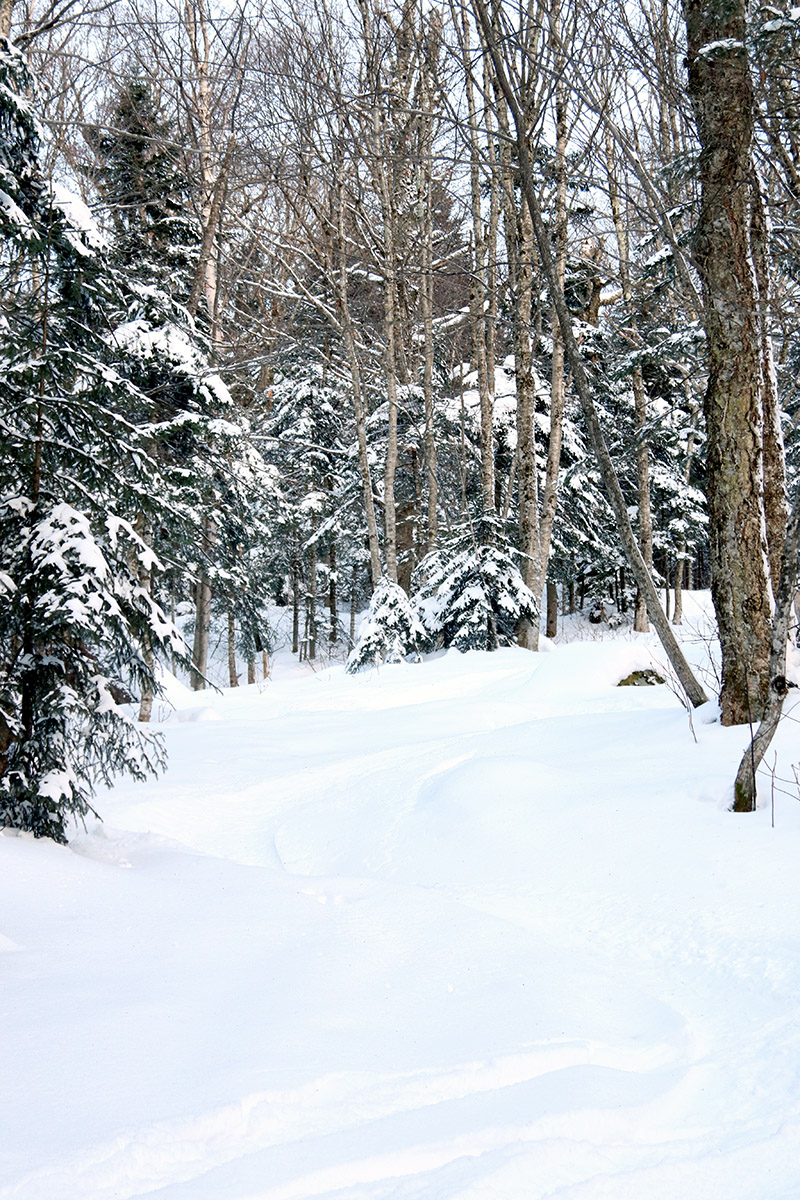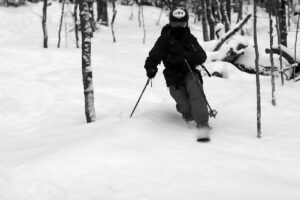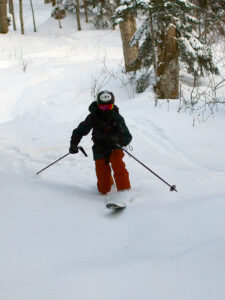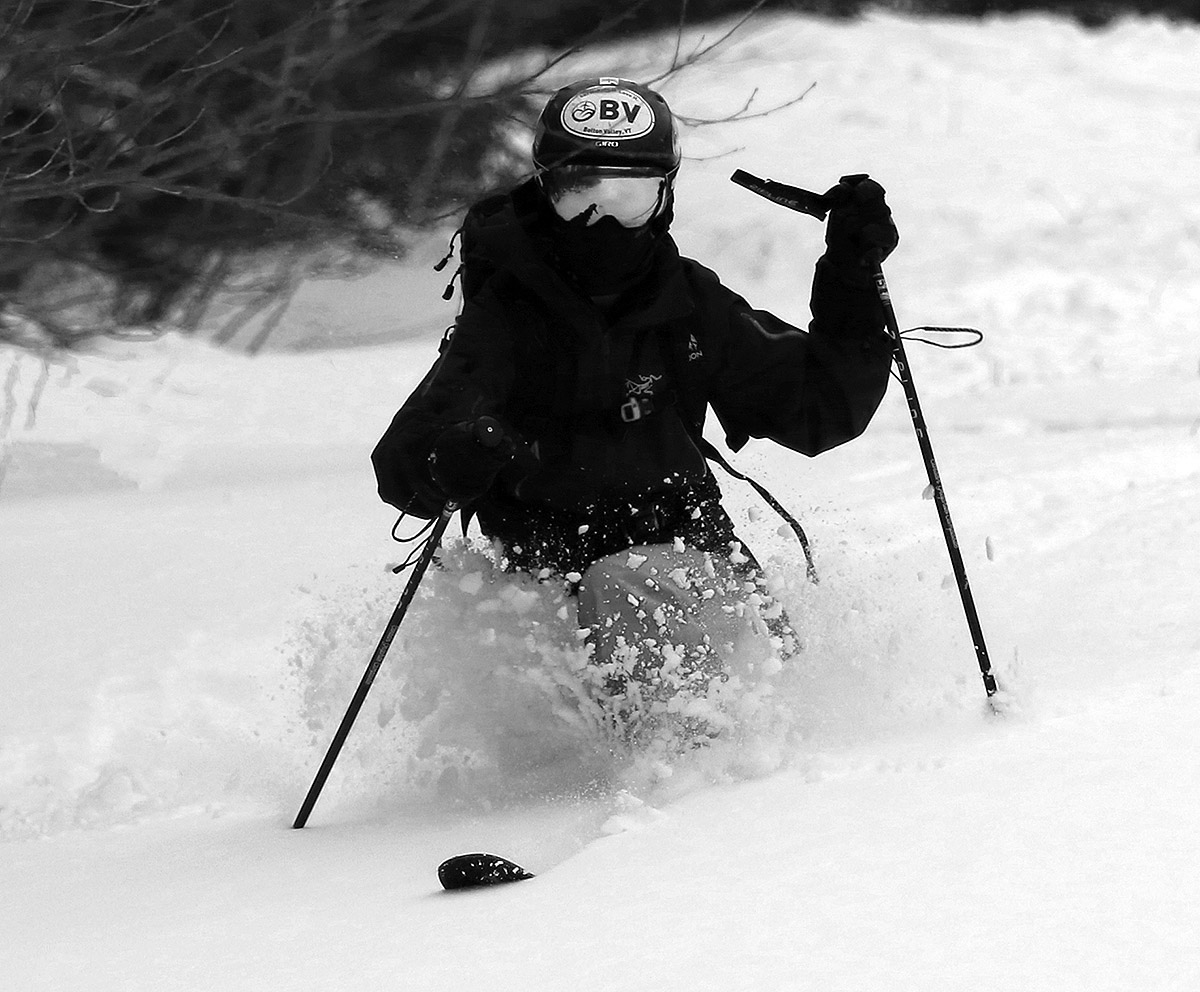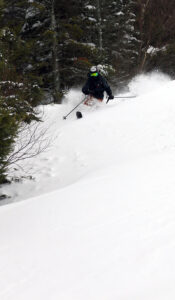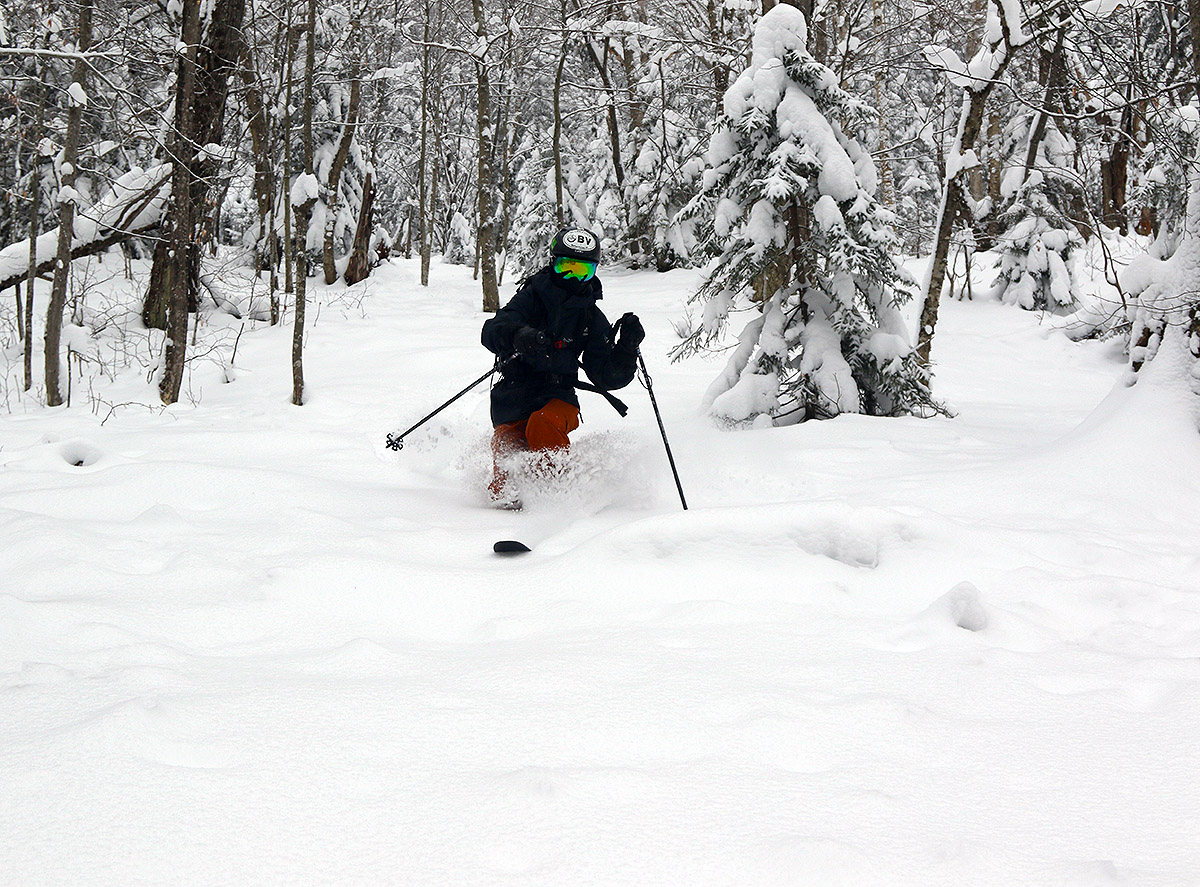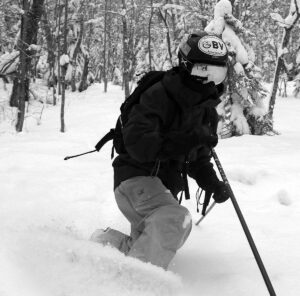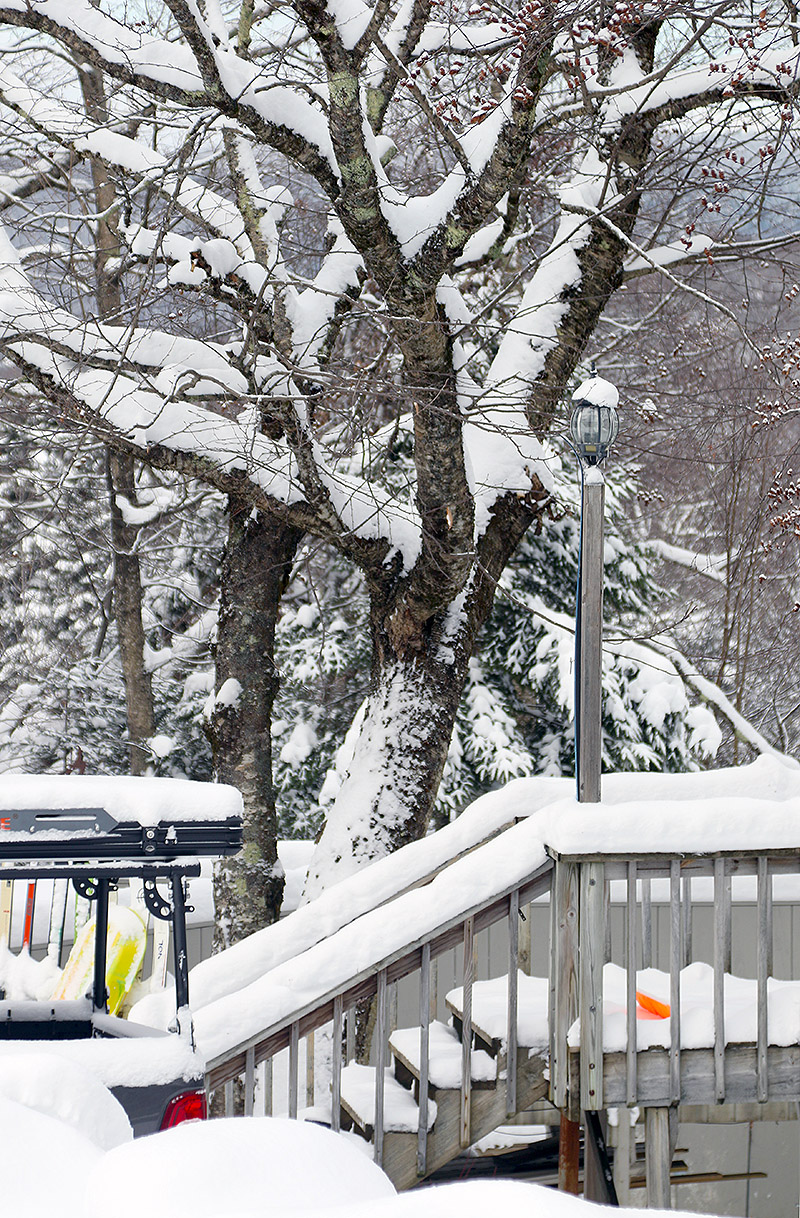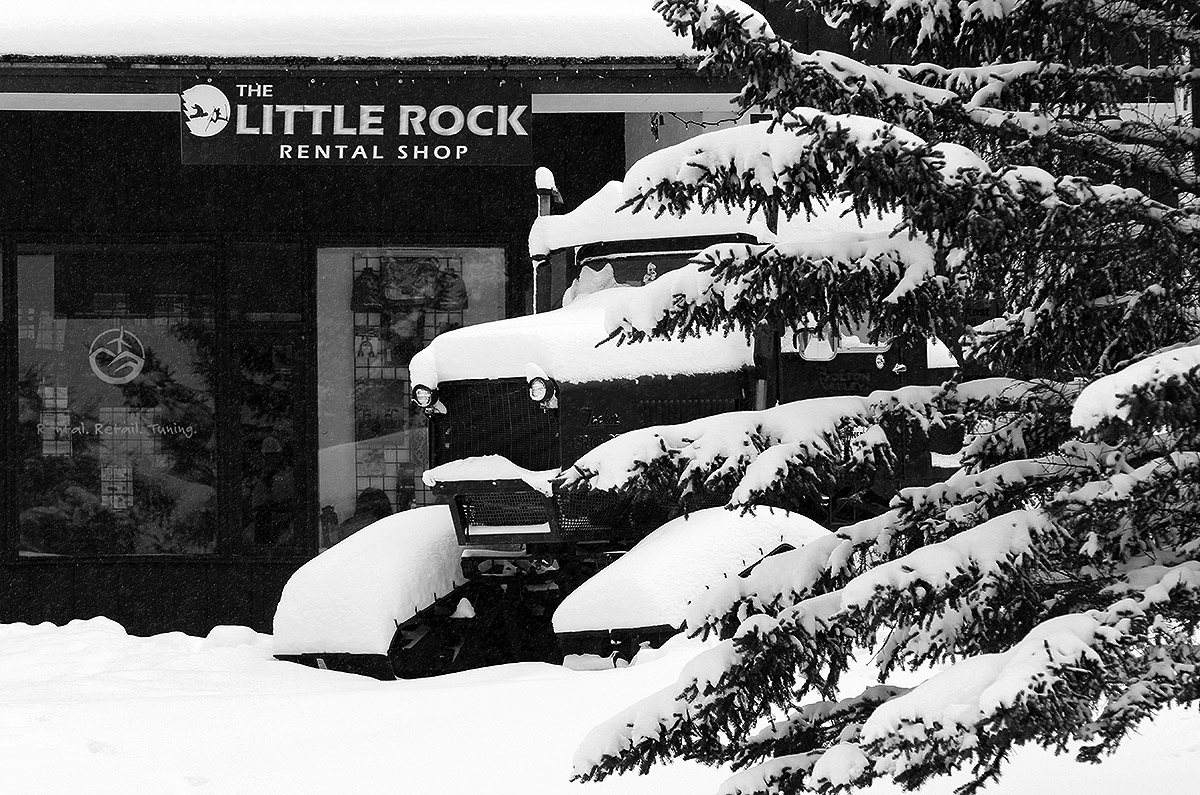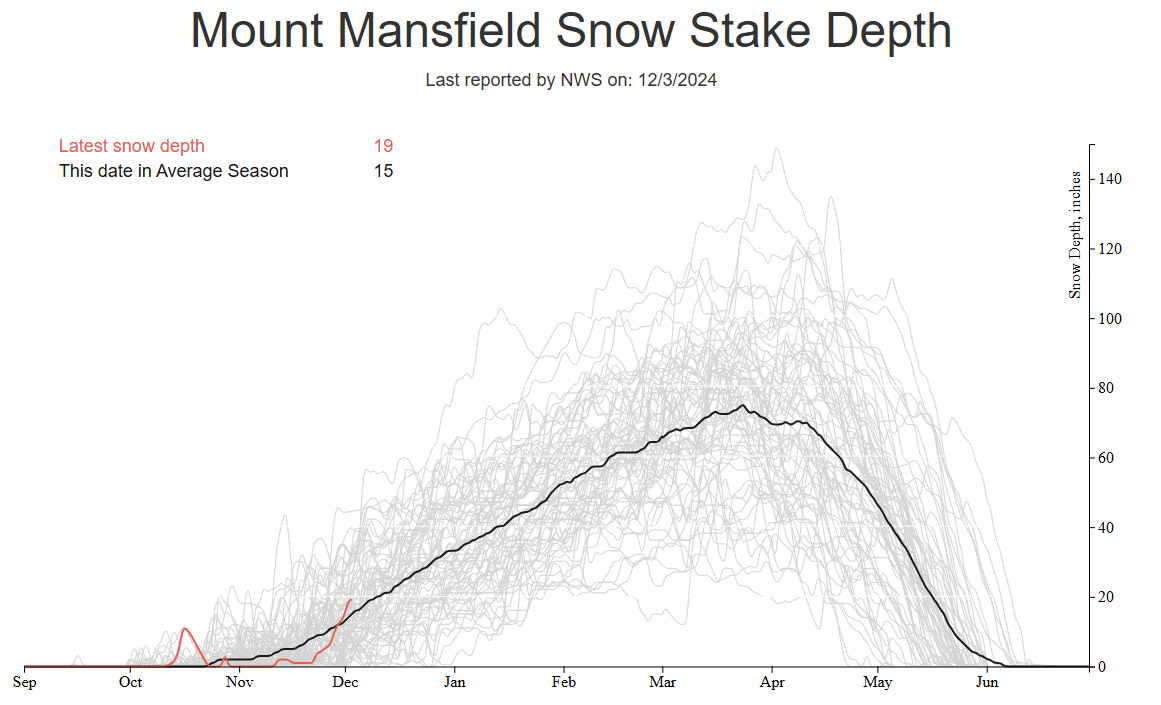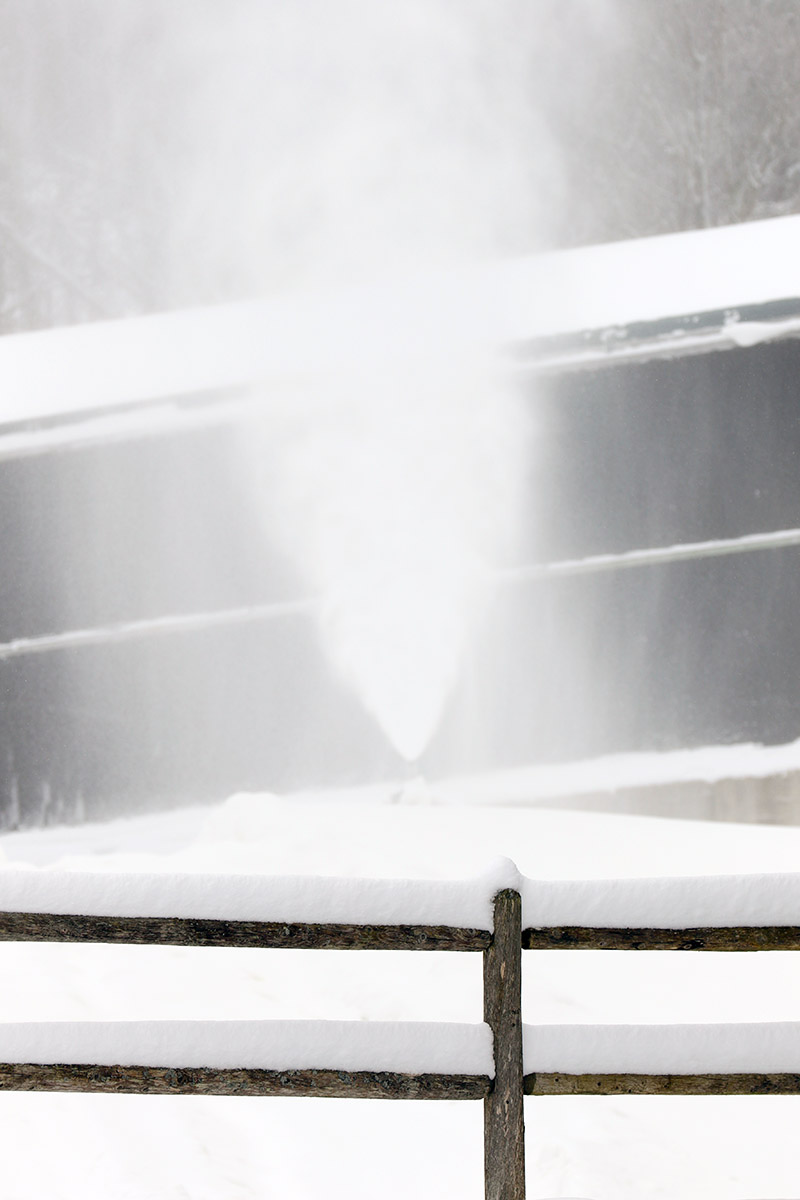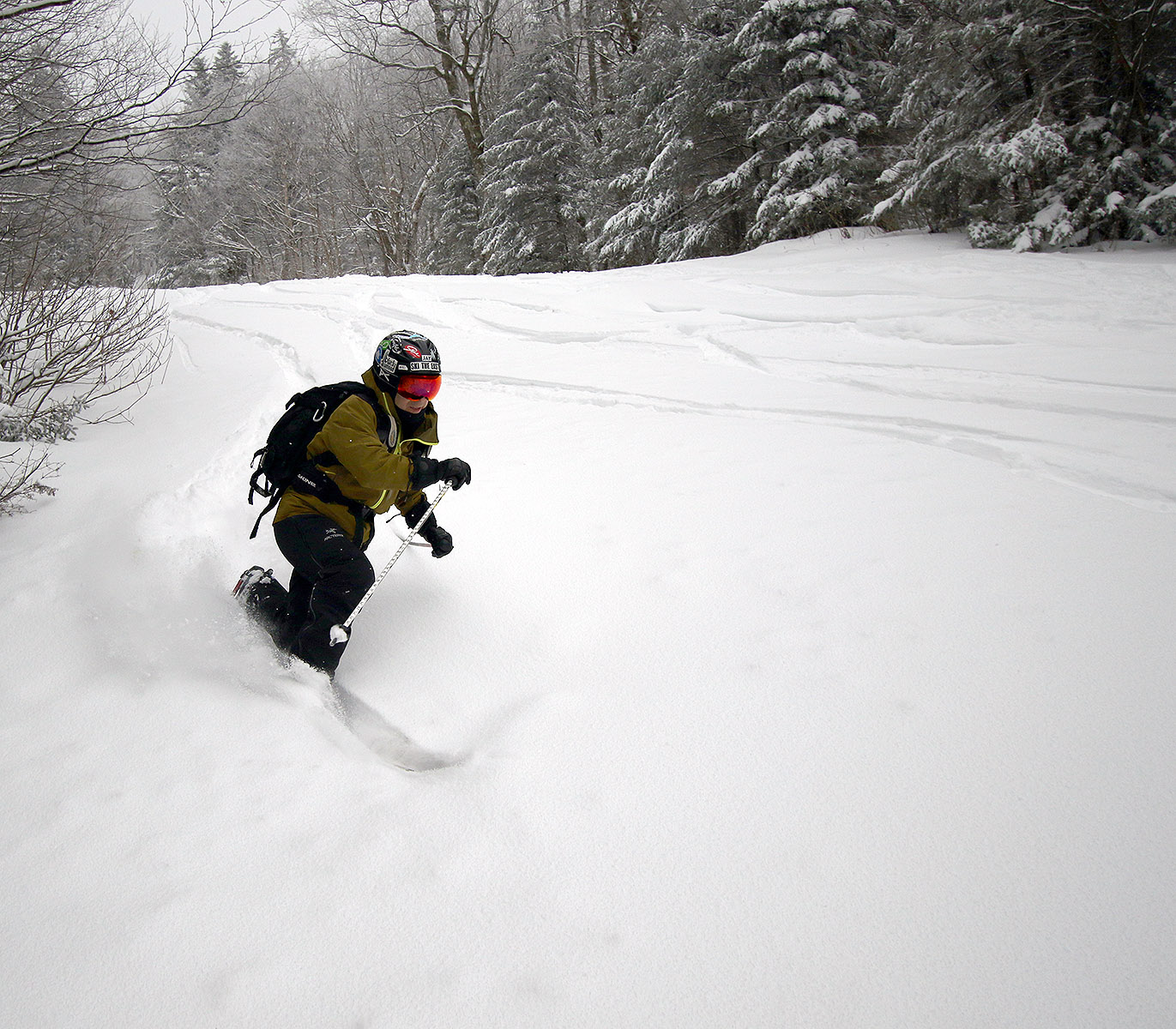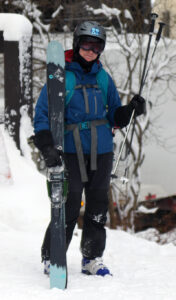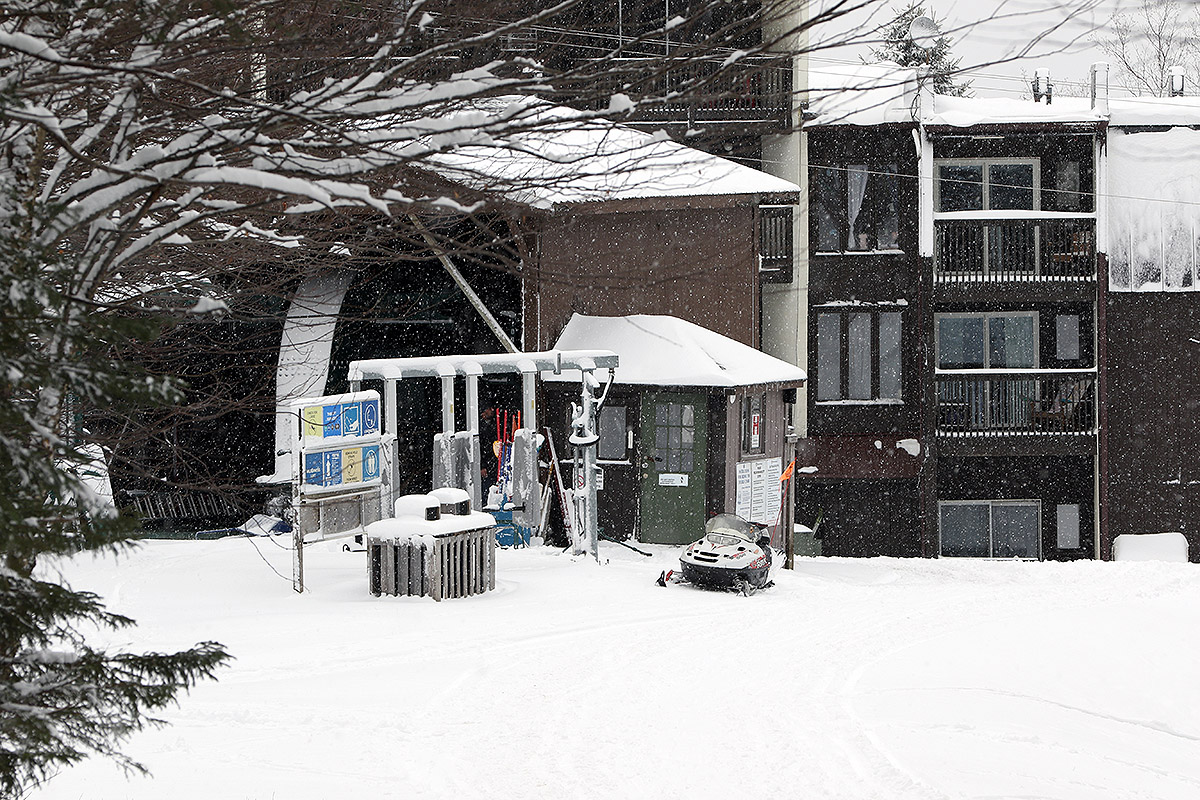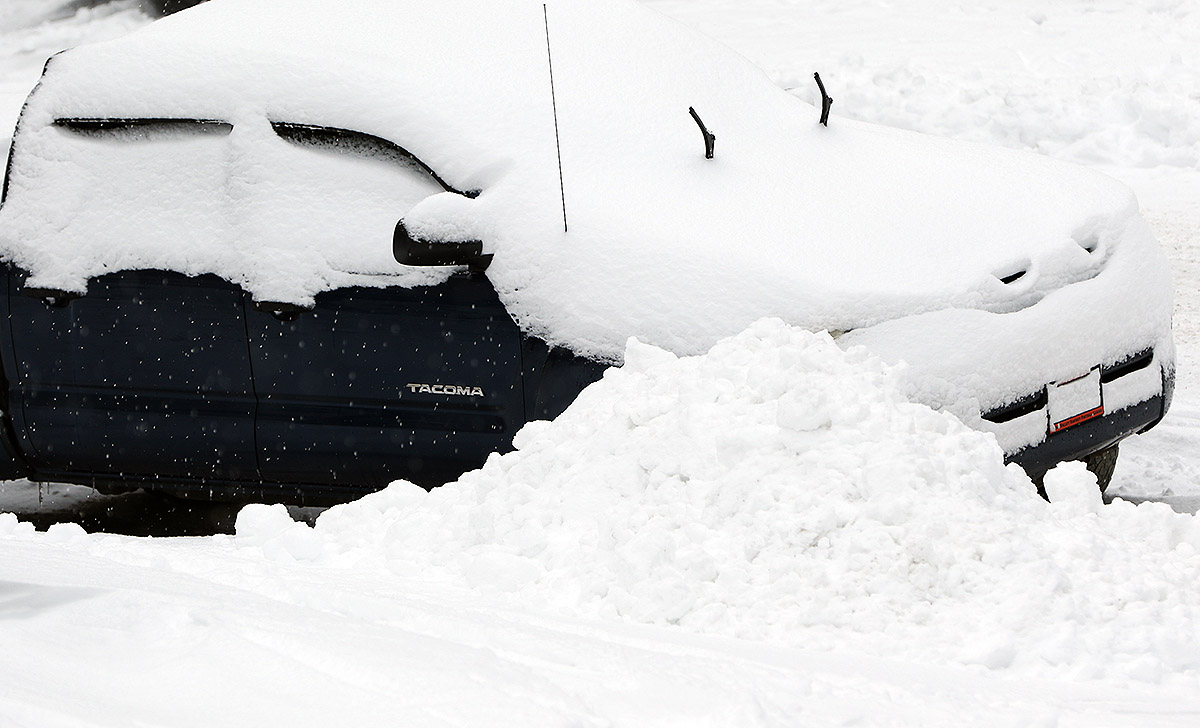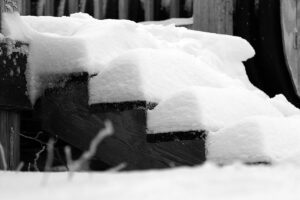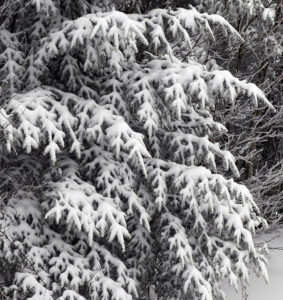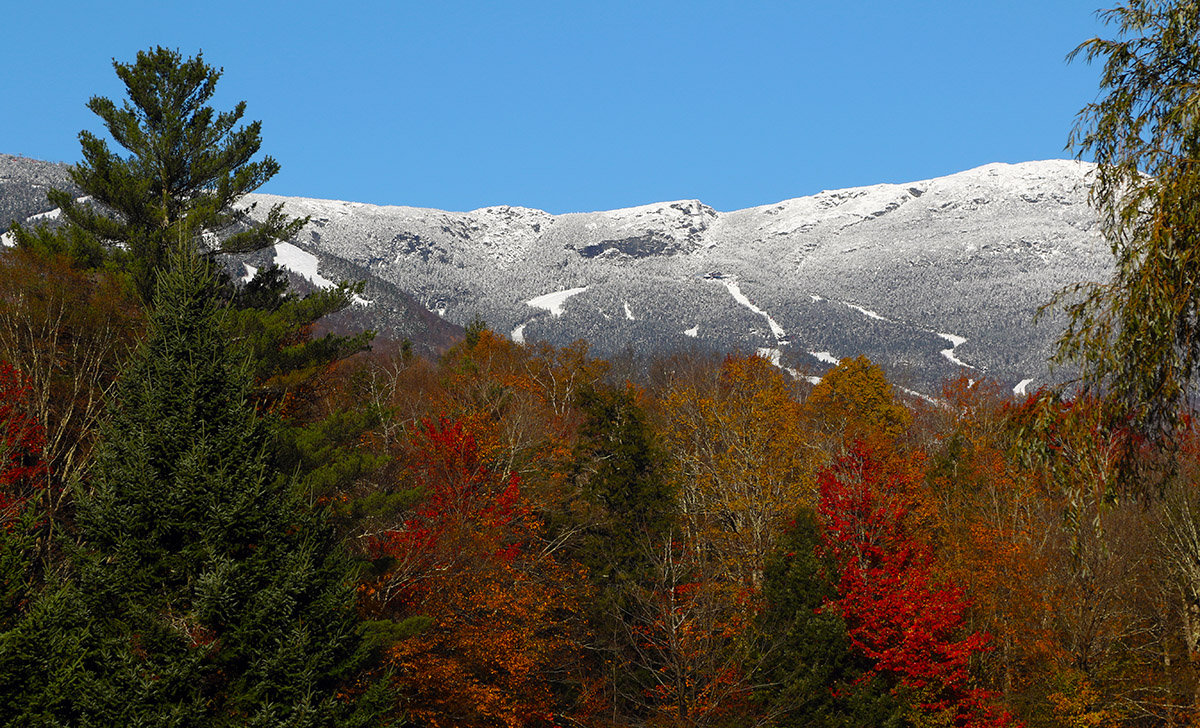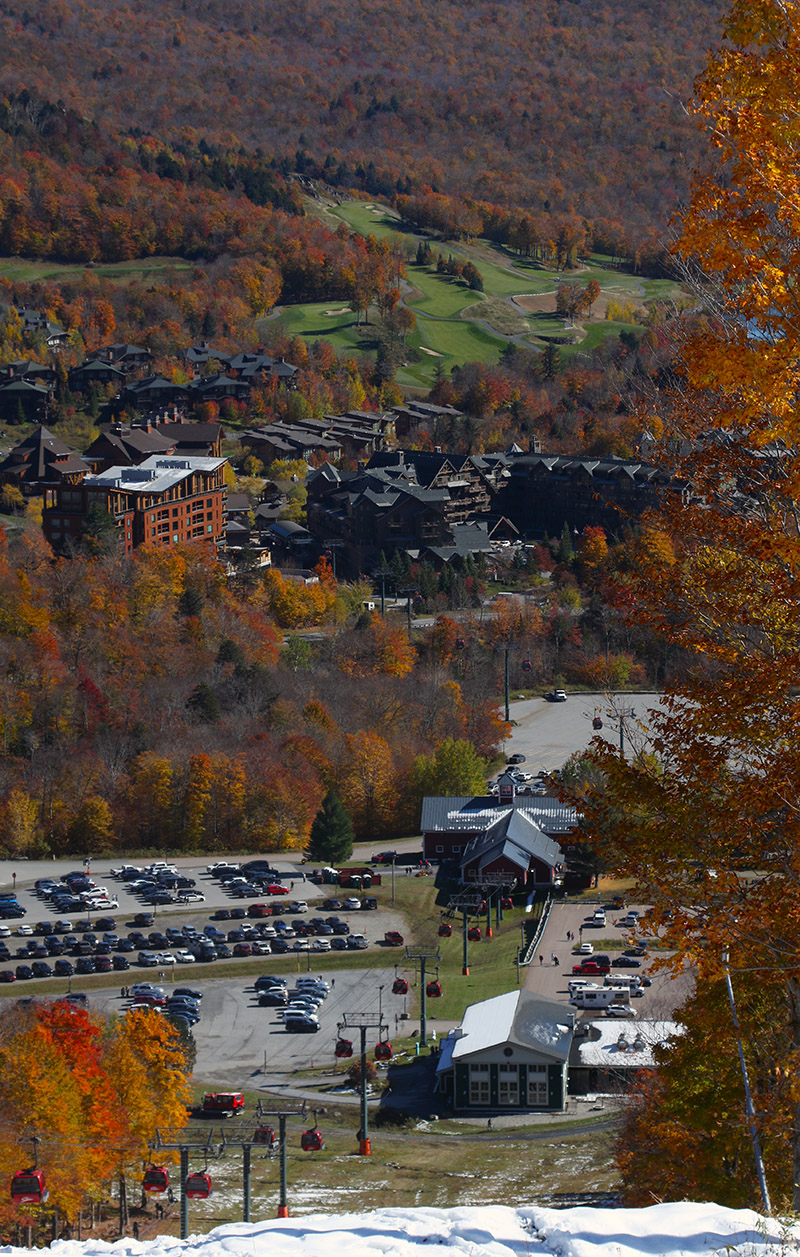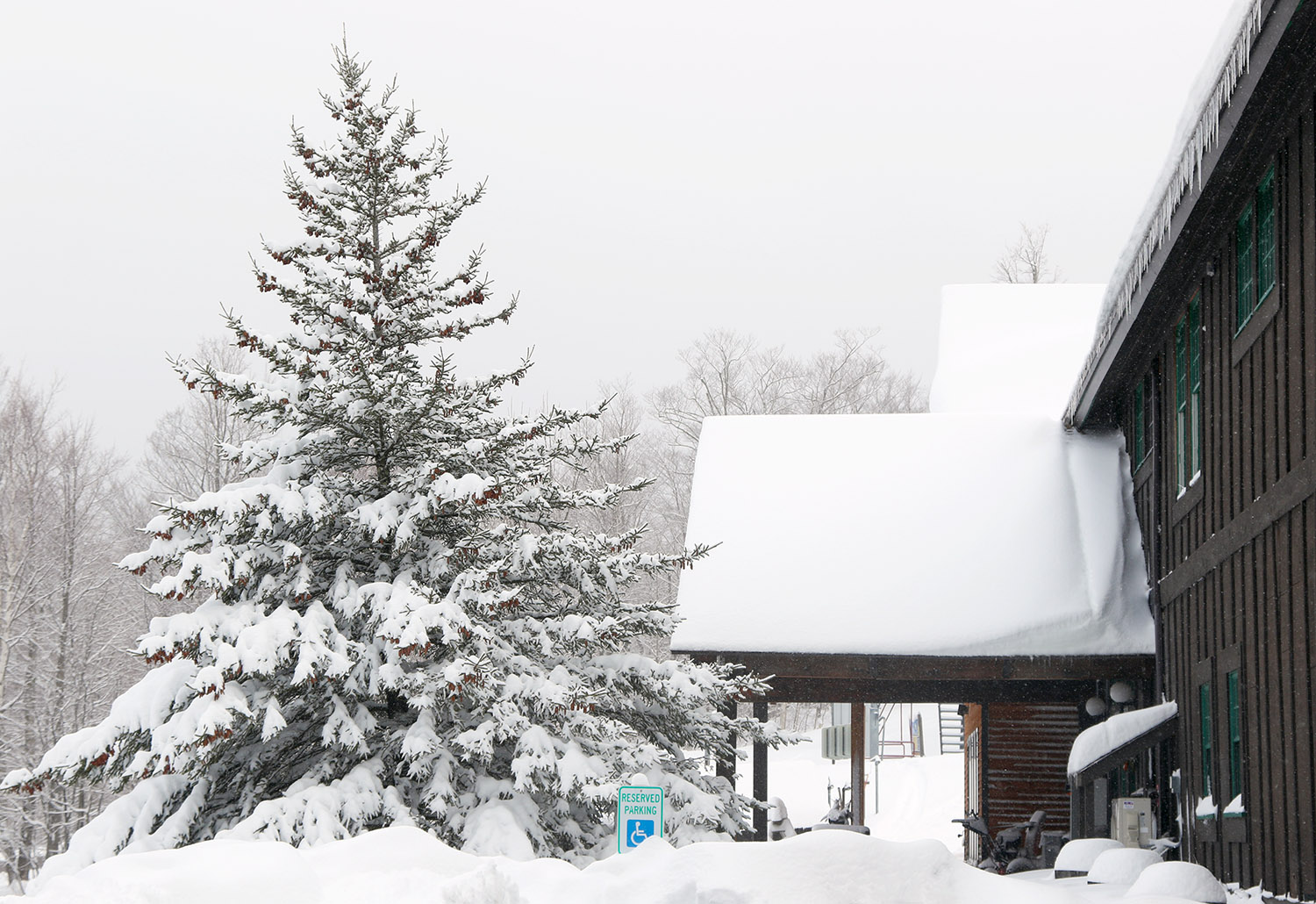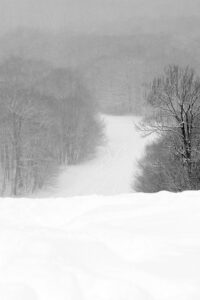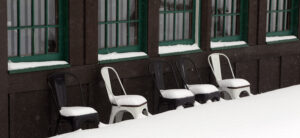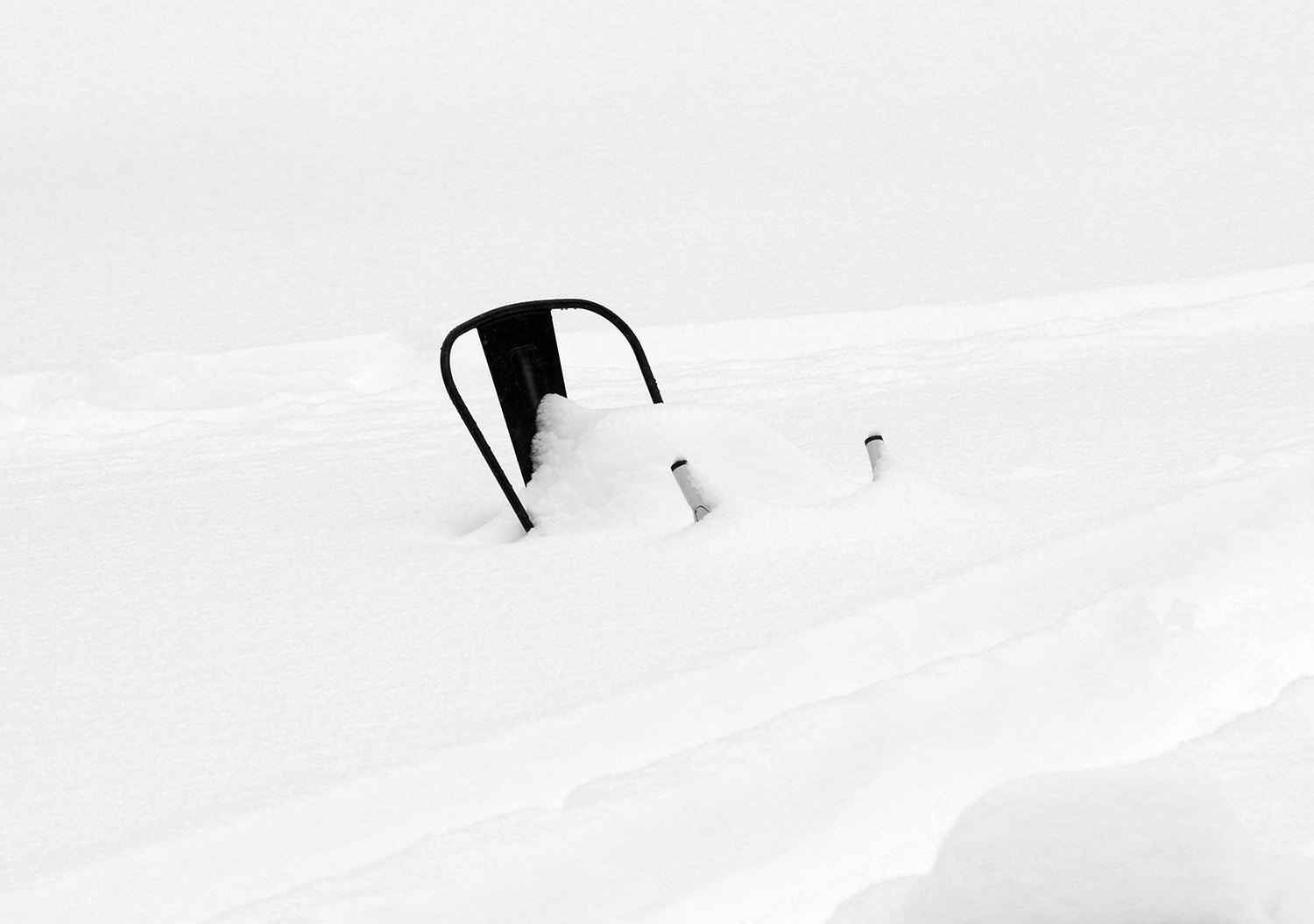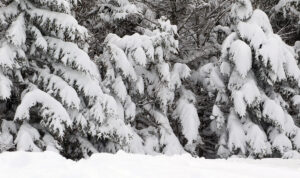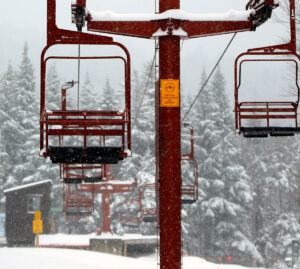
It was a cold one out there today; indeed, it was really a good day to just enjoy lots of indoor activities. But we did just have another storm push through the region, and the conditions on the slopes are good and keep getting better, so I still wanted to get out to see what the new snow was like and get some exercise.
Bolton’s Wilderness Chair was set to open at 10:00 A.M. again, and with the cold temperatures I definitely wanted to warm up with some touring. So, I decided to go with a session like the one on Thursday, which I kicked off with some touring before moving to lift-served turns. When I arrived midmorning in the Bolton Valley Village, it was 7 F according to the car thermometer, and single digits F is definitely midwinter cold. There wasn’t much for wind in the parking area at that moment, so I was encouraged by that while gearing up.

Ascending via the Wilderness Uphill Route was quite comfortable, since it’s well out of any wind, and I was generating plenty of heat. I stopped my tour at 2,500’, enjoyed a run through the powder along the edges of Lower Turnpike, and then hopped on the Wilderness Chair for a ride. My body was warmed up for the touring and Telemark turns, and the wind was happily at my back while I was on the lift, but I could tell it was pretty brutal up there at the Wilderness Summit above 3,000’. The calm conditions from below were gone, and the biting winds along the ridgelines made their presence known. After that trip, I didn’t have much interest in heading up to check out the Vista Summit, so I just stayed low and enjoyed a run off the Snowflake Chair. The warm-up touring definitely helped me stay comfortably warm for a couple of lift rides at least before I headed home.
Powder depths have obviously been bolstered by this most recent system, and conditions are good, but certainly nothing stratospheric for the Northern Greens. One factor in that assessment is that this latest storm was nice, but the snow was quite dry, and it was less of a resurfacing than the previous storm. We picked up about 0.20” of liquid equivalent from this system compared to 0.40” of liquid equivalent from the previous one, so scale those up a bit according for Bolton’s elevation and it gives you a sense for their contributions to resurfacing. The resort is opening more terrain all the time, but lift-served natural snow terrain could still use another solid resurfacing storm with an inch or two of liquid equivalent to take care of the tougher areas. Overall, the natural snow terrain that’s open is quite skiable with good coverage and quality surfaces, and there’s a decent, consolidated base above 2,000’, but you still need to pick and choose your lines somewhat in those spots exposed to wind that get scoured.
The resort was indicating 3-6” of new snow in their early morning report, and I can’t separate out accumulations from this storm specifically, but the changes in surface snow depths between Thursday and today give a sense of the contributions from this most recent event at various elevations. Thursday’s surface snow depths are on the left, and the approximate depths I observed today are on the right in bold:
340’: T –> 1-2”
500’: T –> ~2”
1,000’: T-1” –> 2-3”
1,200’: 0.5-1” –> 3-4”
1,500’: 1-2” –> 5-6”
2,000’: 3-4” –> 8-10”
2,500’: 5-6” –> 9-11”
3,000’: 6-7” –> 10-12”
So, there’s a lot of nice, fairly deep powder above 2,000’, and it’s right-side-up and skiing great thanks to this latest storm’s snow being dry. My observations from down at the house have been giving me snow densities in the 2 to 6% H2O range throughout this latest storm, so indeed it’s some quality powder. The back side of this system has actually been aided by some direct lake-effect off Lake Champlain. The bands were mostly oriented to affect the Champlain Valley earlier in the morning, but as midday approached, the bands shifted such that they were more directly hitting the mountains. That definitely helped keep it extra snowy throughout the day and boost accumulations.
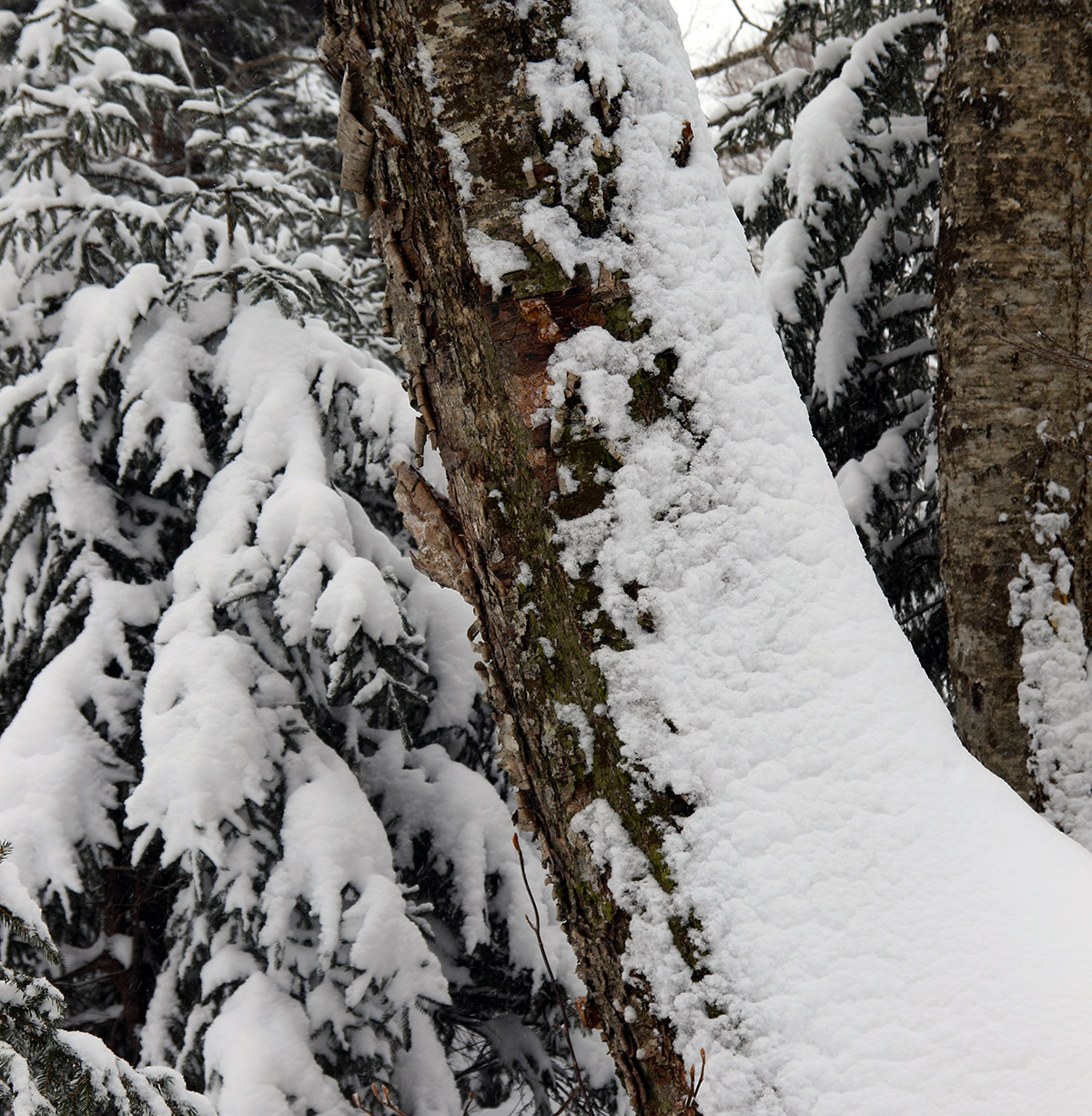
Tomorrow is supposed to be even a bit colder than today, so if I head out it will just be for a tour vs. riding any lifts. After the warming and consolidation earlier this week, it looks like Timberline is probably getting in shape to support some good touring and powder skiing again, so I may stay low and tour there if a ski session comes together. We’ll see how much additional snow the resort is reporting in the morning, but since we were getting hit at our place by those lake effect bands right into the evening today, Bolton should have been getting even more of that snow. The models suggest we’ve got another couple of clippers affecting the area over the next few days, with warmer temperatures as well, so that’s looking nice moving into the holiday week.

